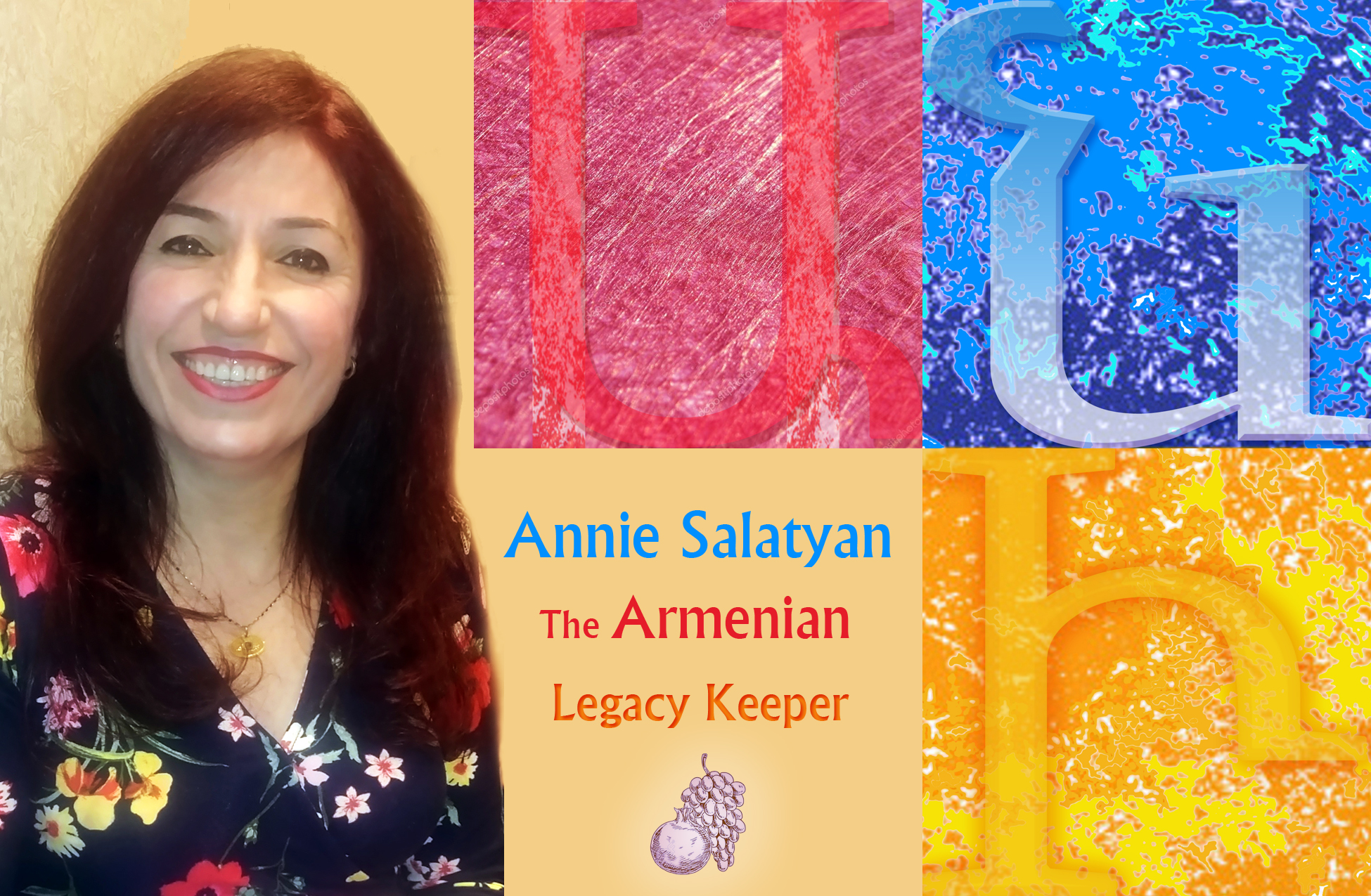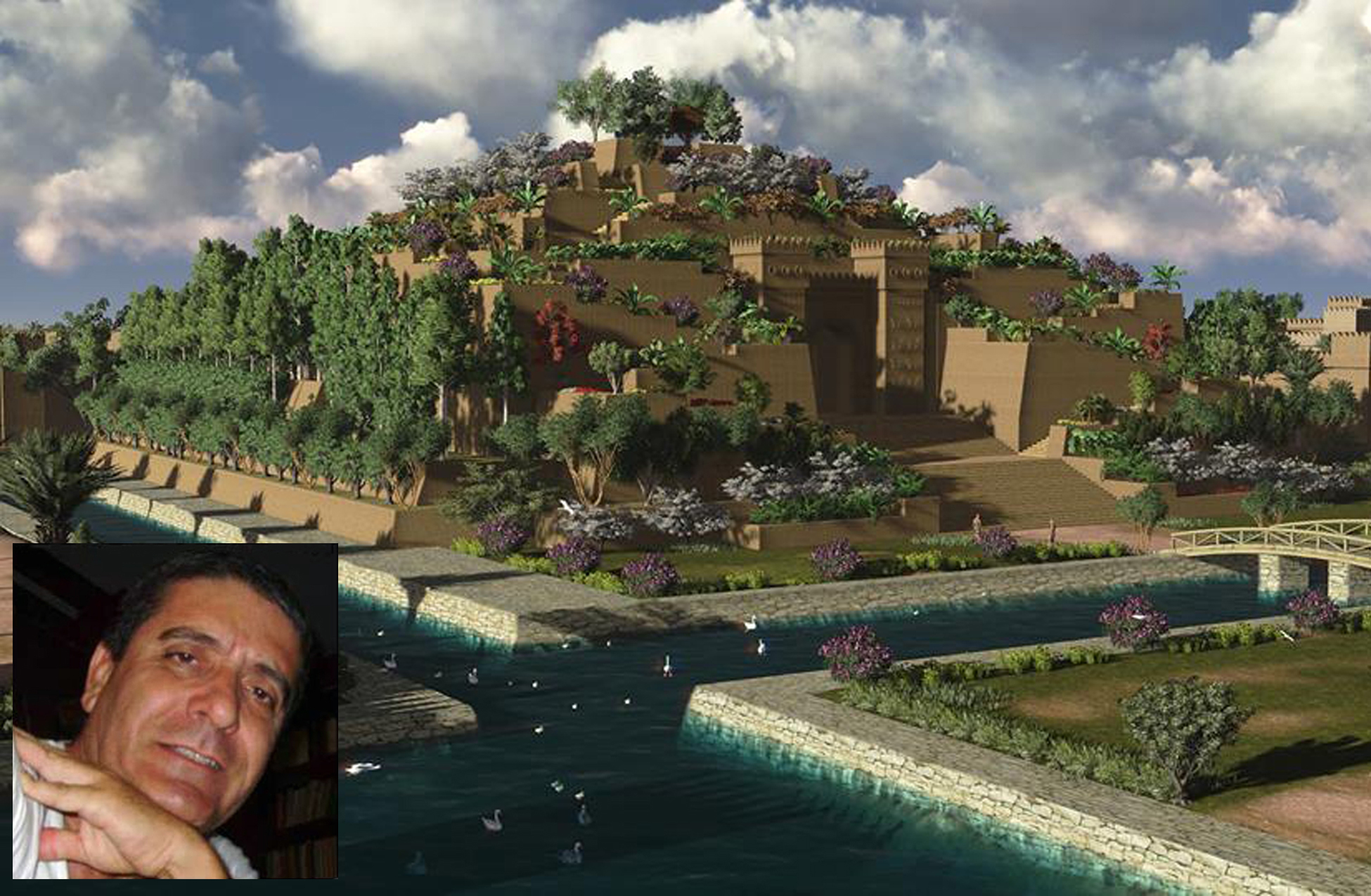Oded Halahmy

The MARVELOUS ACHIEVEMENTS of The JEWISH of BABYLON
Honoring Oded Halahmy, the Remarkable Visual Artist
Babylon is not a foreign land for the Jews because it was originally their ancestors' birthplace and Father Abraham's native land where he was called to move from to the promised land.
Additionally, Babylonians did not maltreat the captured Jews or look down on them like the Egyptians. During the Neo-Babylonian Empire, Babylon Jews were full citizens who could freely do what other citizens could practice, including free traveling.
During the sun-king Nebuchadnezzar, Jews were said to have settled in Babylon inhabiting Tell-Abib (Chaldean: spring hill/watery hill), located by the Khebaru river banks, fifty miles southeast of Babylon near Nippur. They also inhabited other rural cities near Tell-Abib, such as Tell-Melaḫand/Tell-Ḥarsha, which were quite fertile. These lands were famous for their crops until the 50s of the 20th century, especially the pomegranates, grapes, and figs, i.e., Kaškar (Qal' t Sikker) was rated number one in producing pomegranates.
Living in Babylon considerably impacted Jewish beliefs, way of life, and Judaism's evolution. Babylon became the cornerstone for Hebrew literature and the center for the most famous Jewish schools, including Nahardea, Sora, Pambaditha, and Mahuza. In Babylon, the renowned Talmud/Talmud Bavli, also known as The Gemara, was written in Sora in the 5th century A.D. Its final version was completed by Rab Tosepha and Rab Rabena between November 13 and December 2nd 499 AD.
Moreover, Chaldean kings provided social compensation for unemployed exiled Jews. In his book, The Greatness that was Babylon, Saggs says, "The Chaldeans did not oppose Judaism, rather some of them gave up their ancient pagan religions, and embraced Judaism as a monotheistic religion. Babylonians held their capital in high esteem, and the Hebrew prophets documented that. Babylon, the grandeur of kingdoms, Source of Chaldeans' pride" (Isaiah:13-19).
Many prominent names played an essential role in shaping Iraq's social and political outcome, ,
For thousands of years, the Jewish of Babylon played a vital role in empowering Mesopotamian society, culture, and economy, from establishing an advanced banking system by the sons of Marashu and Bit Egibi/Eqibi's family since the Neo-Babylonian period . up to the 20th century. Sir Sassoon Eskell, was assigned as the first treasury minister 1920-1925. Likewise, many essential fields were improved and led by the following prominent Iraqi Jews of Babylon:
National Council Parliament and political leaders: Menahem Saleh Daniel 1846-1940, Ibrahim Chaim Ma'lam Nasim 1876-1952, and Ezra Menahem Daniel. The prominent Judge David Samrah 1877- 1960 and the deputy minister of interior Robin Battat 1888-1962, participated in writing Iraq's 1st constitution.
The Iraqi Jews were also the pioneers in many other fields, including education, publishing, journalism, and visual arts, i.e., in 1884, Rabbi Shlemo Bekhour established the first printing shop. Rabbi Ezra Dangoor 1892-1843 started the most famous Iraqi printing shop, "Dangoor," in 1904. Many famous newspapers, fiction, and non-fiction books were published at the Dangoor printing shop.
Most Iraqis do not know that Ezra Hayya was the first visual artist in modern Iraqi history and one of the leading forces in the cultural field. Many artists came from this line of creativity, i.e., Daniel Qassab, Toba Khedoori, Michael Rakowitz. However, one of the most remarkable Iraqi Jew artists is the well-established American sculptor Oded Halahmy (1938, Iraq).
Oded Halahmy, the American artist with Iraqi roots (Born in the old city of Baghdad in 1938), is known for his strong ties to his Babylonian roots and passion toward spirituality that he inherited from a family of Orthodox Jews. Biblically speaking, the seven holy plants mentioned in the Bible are wheat, barley, grape, fig, pomegranates, olive (oil), and dates (honey) ~ Deuteronomy 8:8.
Like artist Annie Salatyan who uses two of the main Armenian national symbols, "grapes and pomegranate," in her work, Oded has been focusing for many decades on a specific holy theme in his work to create amazing paintings and unique sculptures. That theme is the Pomegranate in all shapes and colors, simply because it represents the internal world of Oded and his unlimited external universe!
I strongly believe that it is about time to celebrate the Jewish of Babylon visual artists' accomplishments. It is also about time to celebrate and recognize artist Oded Halahmy as one of the most significant Jews artists in the 20th century. Many Chaldean artists and I would love to dedicate a special art exhibition honoring, celebrating, and recognizing the spectacular artwork of Oded Halahmy. It could also be an event to award him the Mesopotamian-American David Golden Star medal for his superior achievements in visual art as a unique sculptor and amazing painter.
To learn more about artist Halahmi, visit the link below:
http://www.bronxmuseum.org/exhibitions/oded-halahmy-exile-is-home
Amer Hanna Fatuhi, Ph.D.
Visual Artist, Art Critic, & Historian
Senior Art Director, www.EA-ArtG.com
2/ Baqer, Ibid, P 583


